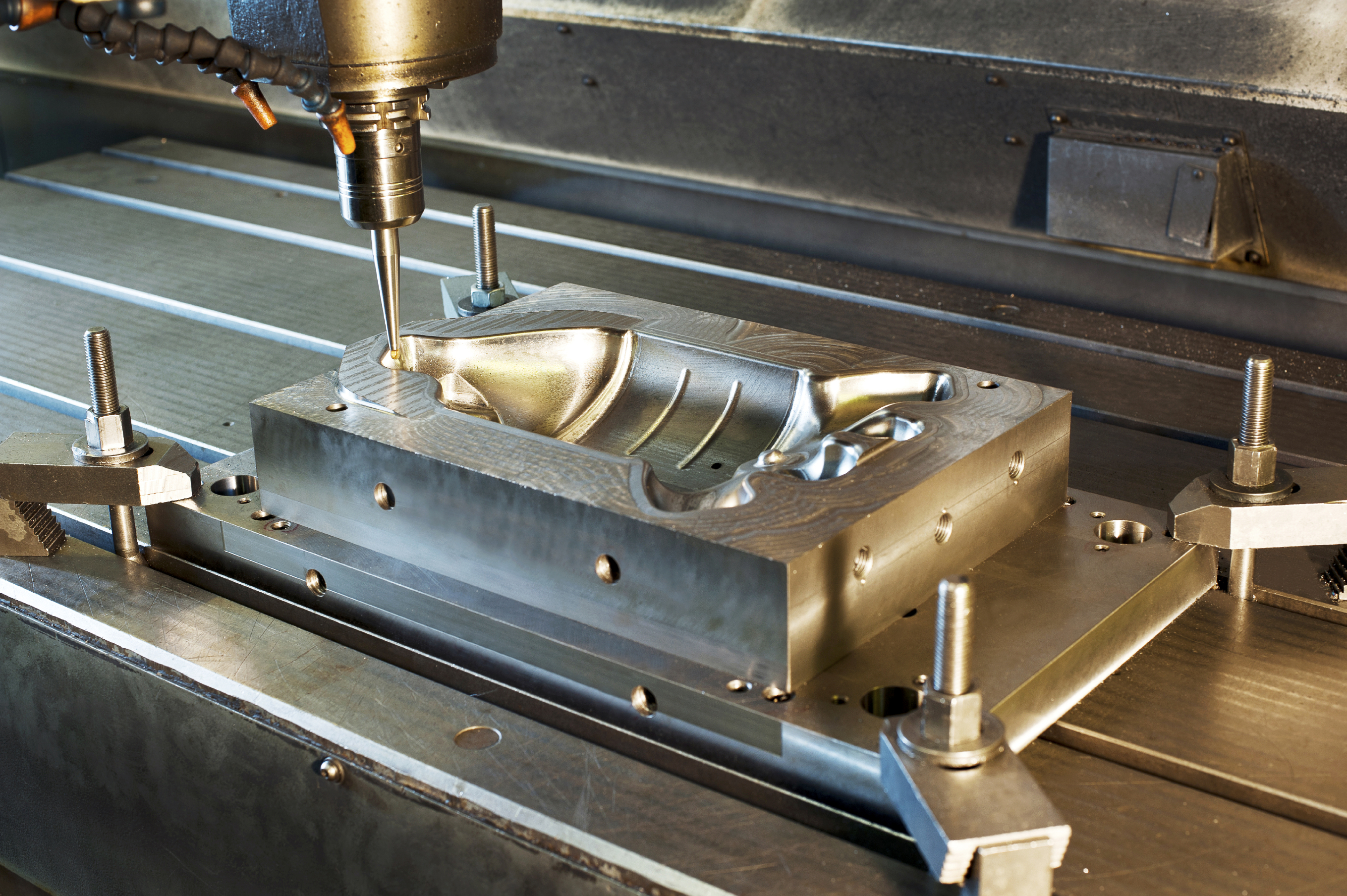Alconox Detergent Compatibility with Phenolic Resins
Q. Is Alconox detergent compatible with phenolic resins for cleaning purposes?
A. Alconox® Powdered Precision Cleaner has been used with no reported incidents to clean phenolic resins. In literature, it is reported that phenolic resins have excellent solvent and acid resistance….
Cleaning Zinc Plated Metal Parts
Q. We would like to verify compatibility of zinc plated metal parts with Alconox. A. Zinc plated metal parts can be cleaned with Alconox detergent. Depending on the metal and whether there is any defect in the zinc plate coating, you can get galvanic reactions between the zinc and the underlying metal because…
Ultrasonic Cleaning of Glass Molds (Detergents vs. Alkali)
Q. We have heard that Alconox is recommended for glass mold cleaning. Other than release agent, can the product also remove oxidation from the mold surface? And finally, why is the concentration on the Alconox detergent only 1-3% when we typically use concentrations of 20-30% when cleaning molds with sodium or potassium hydroxide based chemicals?
A. Alconox® Powdered Precision Cleaner is what we tradtionally recommend for mold release cleaning applications, but many also find Detonox® Ultimate Precision Cleaner to be particularly effective.
When it comes to removing oxidation…
Industrial Ultrasonic Cleaning 101
Find answers to questions such as: What is ultrasonic tank cleaning? Which industries employ? What Alconox brands are ideal for ultrasonic tank cleaning?
Alconox Detergent for Antique Sink Restoration
Q. I work at a museum and my current project is to remove both oxidation of copper and what I assume are residues from calcareous water from a valuable, antique sink. From the XRF-analysis, I have identified the sink as having a copper base with a zinc-nickel plating. My primary concern is that I need to preserve the “used” and dull appearance on the sink and not achieve a shiny, “like new” result.




